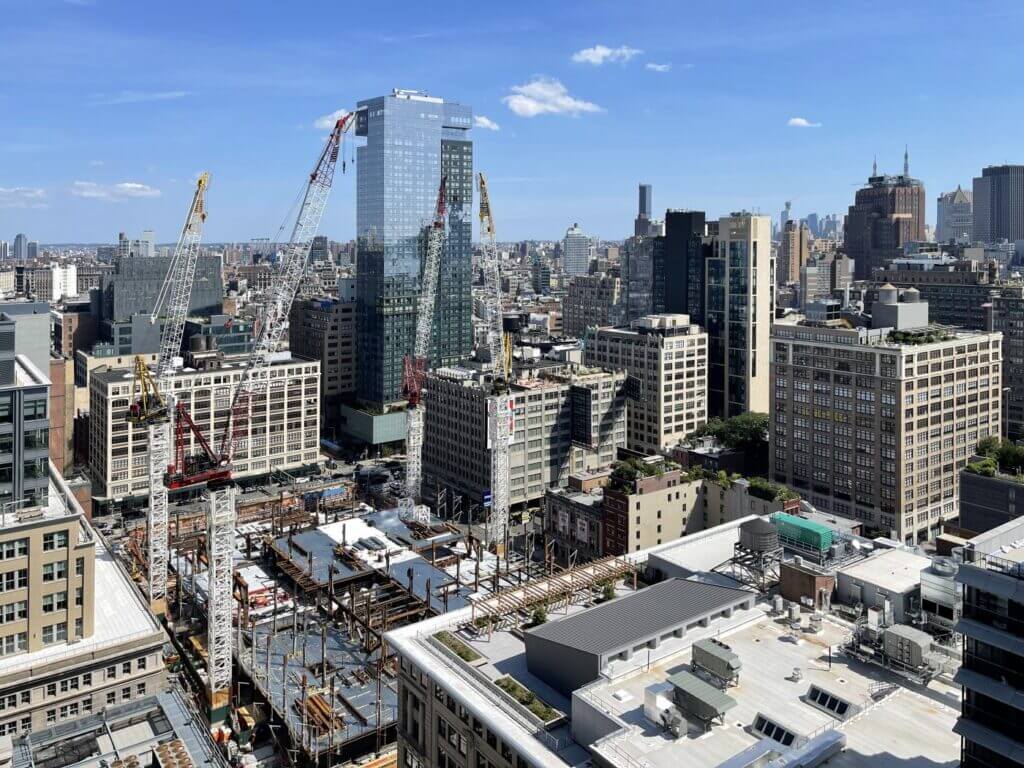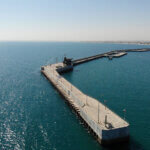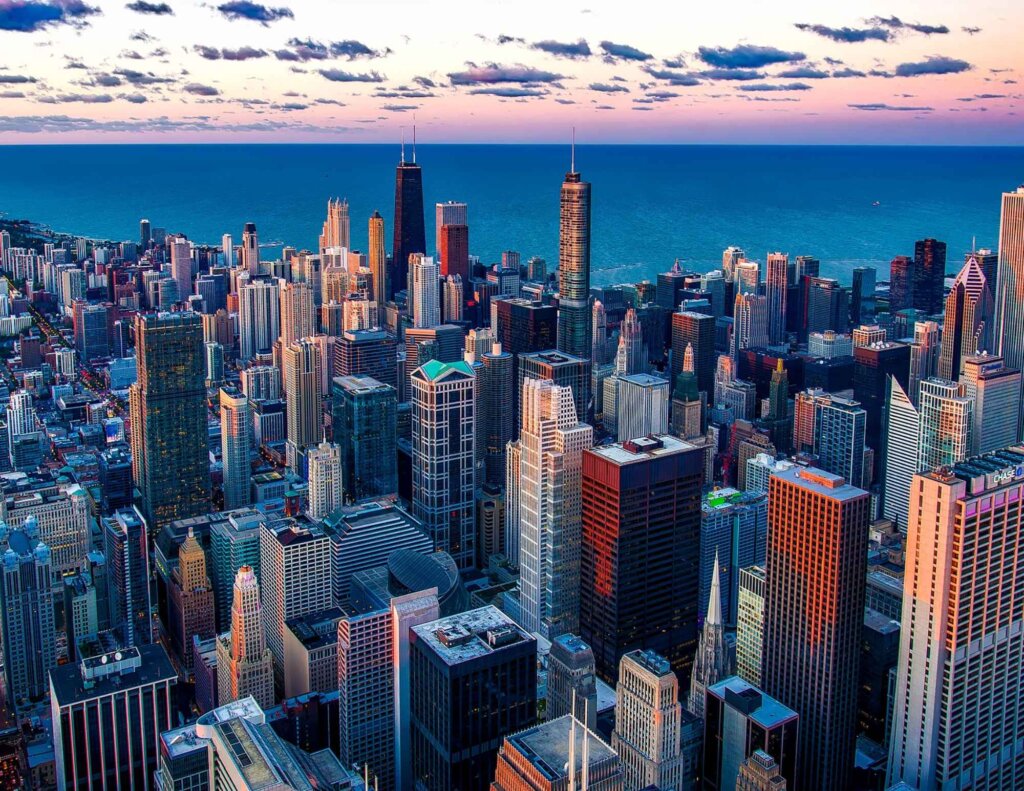New York continually strives to be amongst the nation’s leading states in terms of sustainability and environmental outreach. To that end, the state officially adopted one of America’s first eco-focused building and energy codes with 2019’s Climate Leadership and Community Protection Act – CLCPA.
The CLCPA1 is essentially a set of carefully-orchestrated climate laws designed to reduce greenhouse gas emissions across industries. Among them, of course, there are specific rules and regulations woven into the building codes for commercial and residential construction projects.
The following guide will help you understand the state’s emerging environmental requirements, and how Hycrete can be one of the keys to achieving this next level of sustainability. As the New York State Energy Research & Development Authority recommends in their Build Better manual2, a “whole building” approach to energy conservation is imperative for future development. Any holistic solution therefore must include better, more sustainable concrete materials when it comes to new construction – enter Hycrete.
A Note on Building Requirements for Specific Jurisdictions and Locales
New York state now carries more rigorous local building energy codes for specific jurisdictions, posing additional environmental challenges for builders. Most notably is New York City which implemented local law 48 requiring increased energy efficiency in commercial buildings, local law 94 requiring sustainable roofing systems, and local law 95 requiring most mid-sized or larger buildings in NYC to publicly post their energy efficiency grades.
Many other communities across the state have implemented NYStretch, a supplement to the 2020 Energy Conservation Construction Code3 requirements. Be sure to always check with your local rules and regulations to ensure you have the most up-to-date requirements for your building location. If you require additional assistance, or if you need help choosing the most sustainable construction path, get in touch with Hycrete for a free project review.
The Sustainability Goals Behind New York’s 2019 CLCPA Building and Energy Regulations:
One of the primary goals behind CLCPA is to achieve carbon-neutral building and transportation industries throughout New York. The specific targets that the initiative lays out are as follows:
- 2020 – 23% increase in overall building energy efficiency.
- 2025 – 185 trillion Btu reduction in total energy output.
- 2030 – 40% reduction in GHG relative to the 1990 base level.
- 2040 – 100% clean, emission-free energy generation.
Meeting New York State’s Expanding Climate Laws with Hycrete
Hycrete is the perfect material solution for New York based construction companies and building owners who want to get ahead of the state’s expanding sustainability initiatives.
Just how sustainable are Hycrete’s chemically-advanced admixtures? Below, we’ve laid out the estimated material savings achieved by utilizing our chemically advanced admixtures.
Use of Hycrete on a project with 3,000 yards of concrete eliminates the following:


Hycrete provides permanent protection for the lifetime of the building, coinciding perfectly with the aims of the revised New York building initiatives. We offer New York construction companies and building owners a more reliable and sustainable way to build with concrete. Beyond giving you extended protection for the lifetime of your building combined with a significantly reduced carbon footprint, Hycrete is also Cradle to Cradle certified.
To sum up the advantages: Hycrete simplifies the building process, reduces the cost, and provides a fully customized protection system for concrete structures of all types. Our aim is to help New York’s construction industry build and maintain a better future with better concrete materials.
1NYSERDA: Clean & Resilient Building Energy Codes
2NYSERDA: State Energy Code Training & Resources
32020 Energy Conservation Construction Code of New York State










